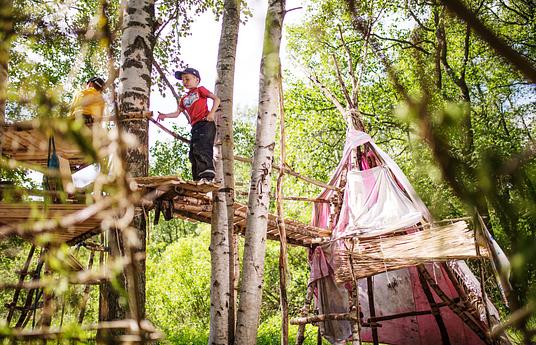Traditional assessments often focus on memorization rather than practical application, don't always prepare students for real-world situations, and often don't translate to college or career environments. Practicals provide students with a more authentic way to demonstrate mastery of knowledge and skills and to showcase mastery to college admissions and prospective employers.
Learning happens everywhere; unfortunately schools usually celebrate the learning that happens within school walls. With Practicals, however, any learning that students do—whether in or out of school—can be recognized, visualized, evaluated, and celebrated. Through the process of Practicals, students demonstrate mastery of learning by selecting their best work, completing performance tasks, and answering questions from experts as evidence that they have attained relevant knowledge and skills that can be applied to novel, complex situations. For example, a high schooler might demonstrate mastery of “flourishing” by showing the results of multiple flourishing self-assessments, identifying patterns or trends, revealing evidence of how they improved their flourishing over time, answering questions about how they might improve their flourishing in the future, and explaining how they'd teach it to others. Families and learners report that Practicals is the best reflection they've ever done.
Nine graduates of The Forest School have completed Practicals, used the evidence from Practicals to submit a mastery based transcript to colleges, and gained acceptance into some of the most elite public and private universities in the United States, including Georgia Institute of Technology, Howard University, Brown University, Auburn University, and the University of Georgia. In addition, through consulting projects led by The Forest School's Institute for Self Directed Learning, Practicals have spread to 5 other schools across the United States. Our goal for the next 2-3 years is to spread Practicals to more than 20 public and private schools.
The student-led steps of a Practical are: 1. Select the competency you want to prove mastery of. 2. Gather evidence. 3. Prepare for the Practical. 4. Attend Practical event, share evidence, complete performance tasks designed by educators, and field questions. 5. Receive feedback. 6. Revise and reattempt, if necessary. 7. Earn mastery credit. 8. Celebrate!
.jpg)


